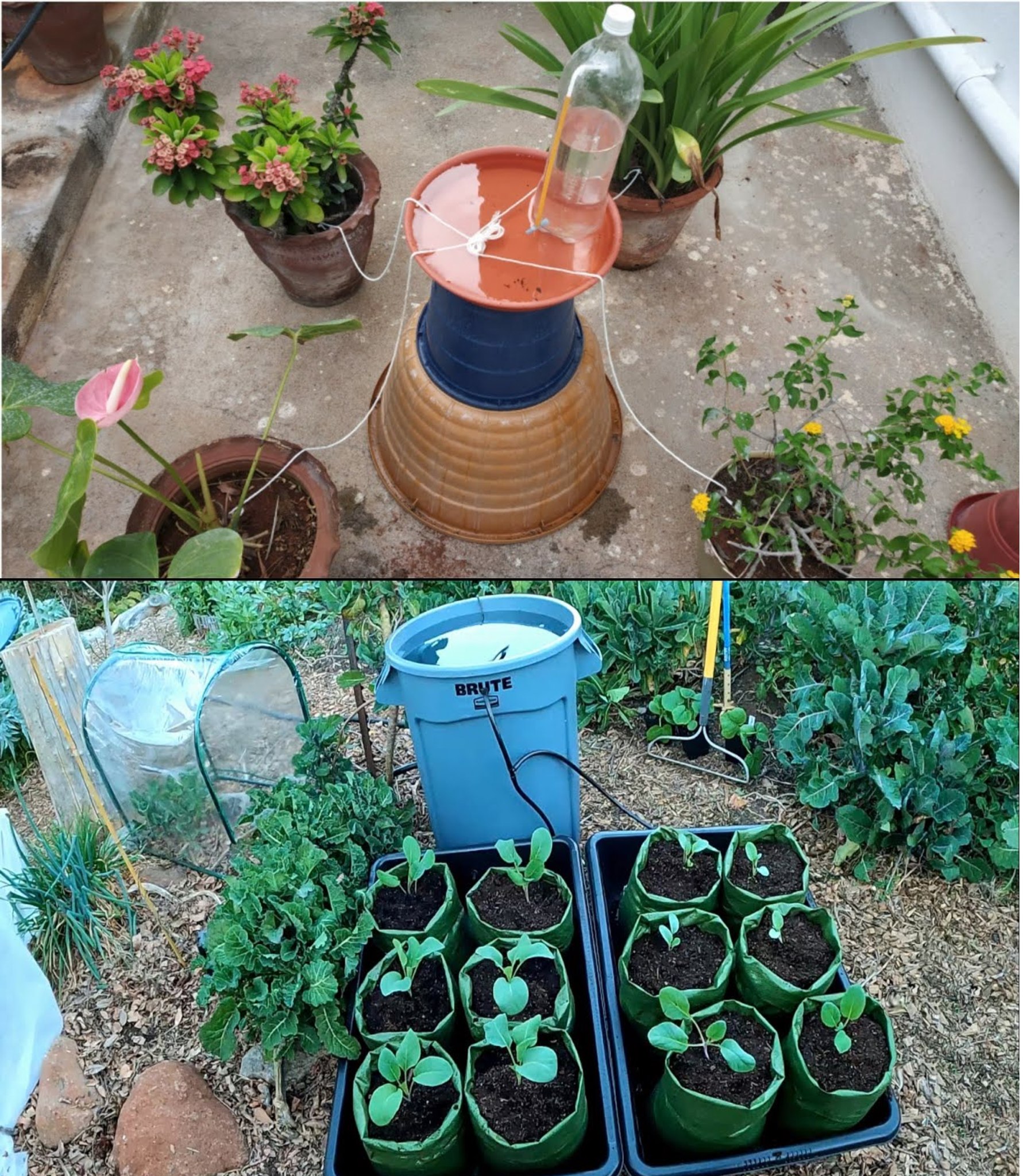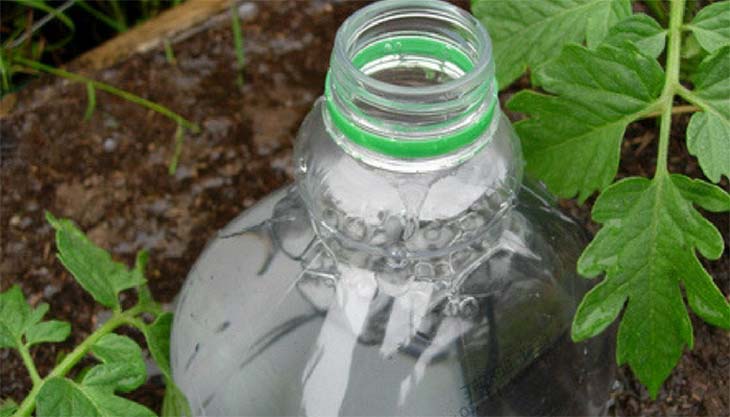
Efficient Plant Watering Techniques for Your Absence
Planning a trip or a vacation and concerned about leaving your plants unattended? Worry not, as there are ingenious yet straightforward ways to ensure your plants thrive without the need for constant manual watering. Whether it’s a weekend getaway or an extended leave, these methods will keep your plants hydrated, eliminating the need to trouble neighbors or family members. Discover these practical solutions that guarantee the well-being of your cherished plants, allowing you to travel with peace of mind.
While watering is essential for optimal plant growth, both excess and insufficient water can lead to issues. Overwatering may harm roots, stems, and leaves, while underwatering can cause plants to dry out and perish rapidly.

Plastic Bottle Drip System:
Gather plastic bottles of different sizes, such as half-liter and one-and-a-half liter bottles.
Larger containers result in longer-lasting water supply.
Create an automatic, cost-free irrigation system by following simple instructions.
Recycle plastic bottles, contributing to a zero-cost, environmentally friendly solution.
Filter Mat Method:
Ideal for potted houseplants.
Place a small cloth under plants on a flat surface.
Part of the fabric should dip into a water-filled container positioned lower than the plants.
Water rises through the fabric into the soil, effectively hydrating the plants.
Communicating Siphon:
Requires a bottle or a larger container for multiple plants.
Utilize long strips of filter cloth or woven wool.
Insert one end of the strips into the container and the other end 2 or 3 cm under the soil.
Keep the water container slightly elevated to facilitate water absorption.
Inverted Bottle Method:
Perfect for pre-vacation preparation.
Fill plastic water bottles; use half-liter or one-liter bottles based on plant size.
Poke small holes in the cap and invert the bottle into the pot, with the cap pressed into the soil.
Allows gradual drainage without excess water on the floor.
Drilling Holes and Immersing in a Basin:
Carefully rehydrate very dry soil.
Make a hole in the soil, avoiding root damage, and place the plant with its pot in a water-filled basin.
After about an hour, the plant will be thoroughly rehydrated.
Trimming and Spraying:
Remove the plant from the basin, draining excess water.
Trim dry parts, including dead leaves and branches.
Spray green leaves with distilled water or rainwater.
Place the plant in a cool, shaded area for regeneration.
